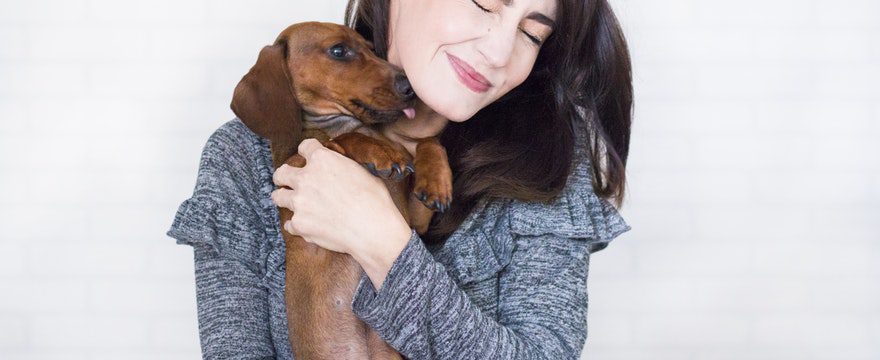Please find all information on the Dogs Trust page, Learn with Dogs.
This is just part one of 3 blogs on how to be safe around dogs, please find part 2 here and part three here.
Our four-legged friends come in all different shapes and sizes, but the truth is, all dogs have feelings, boundaries and teeth. This blog series will help diffuse the correct behaviour you should have around dogs to stay safe.
It is sometimes hard to believe, especially within children, that something so cute and fluffy could snap and bite when they are scared, hurt or worried. A dog owner, or not, it is important that we are all aware of how ourselves and children should behave around dogs.
Millions of people have dogs as pets. In fact, we all probably meet dogs every day, at home or when out and about.
Supervision is the best prevention!
The most common mistake people make when it comes to dogs is forgetting that they are a living creature, that thinks, feels and gets frightened just like us.
WATCH WHAT THE DOG IS DOING
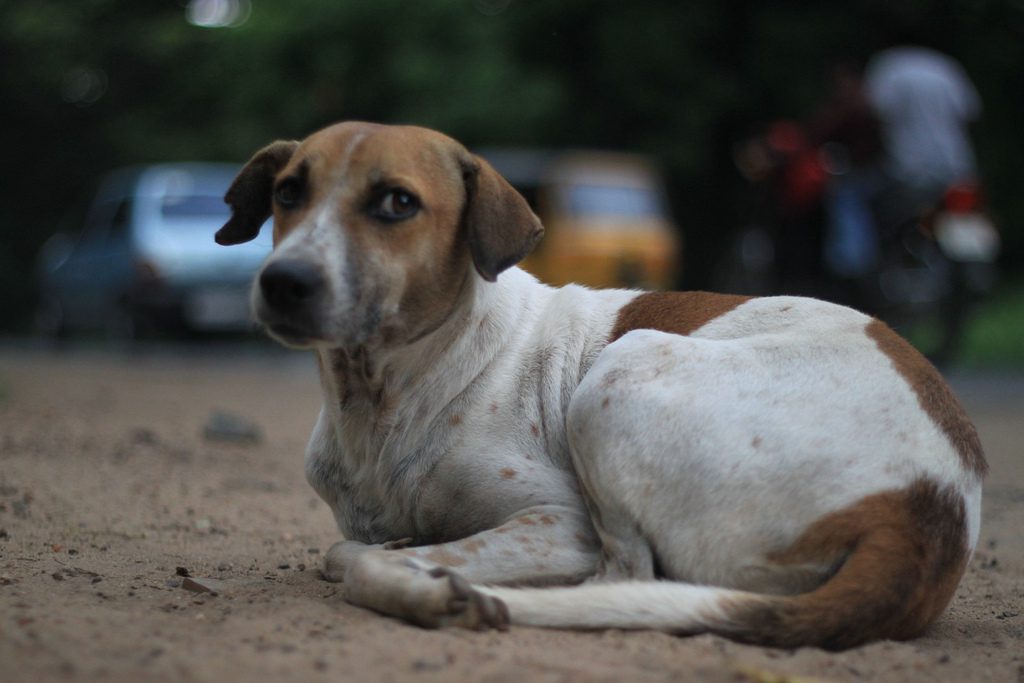
A frightened dog – ears back, cowering.
Good dog body language is relaxed and wiggly. Stiffening and freezing, cowering with ears back and tail underneath means your dog is not comfortable with the situation.
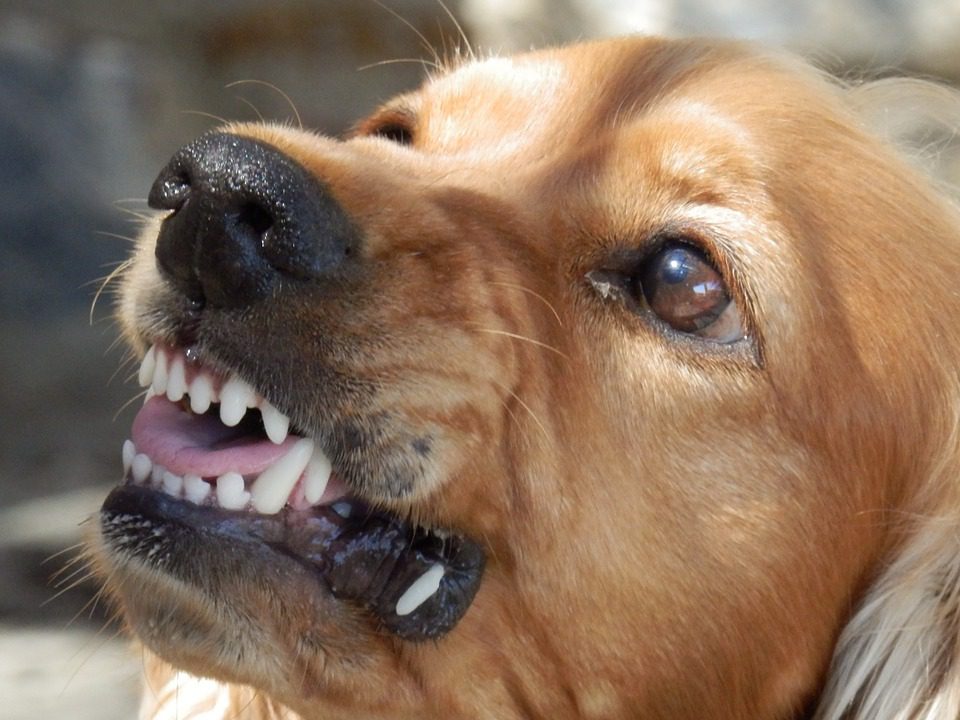
An angry dog – growling, showing teeth.
We all should know that a gowling dog means an uncomfortable dog. Growling is an early sign of aggression and it should be taken seriously even if you think your dog would never bite!
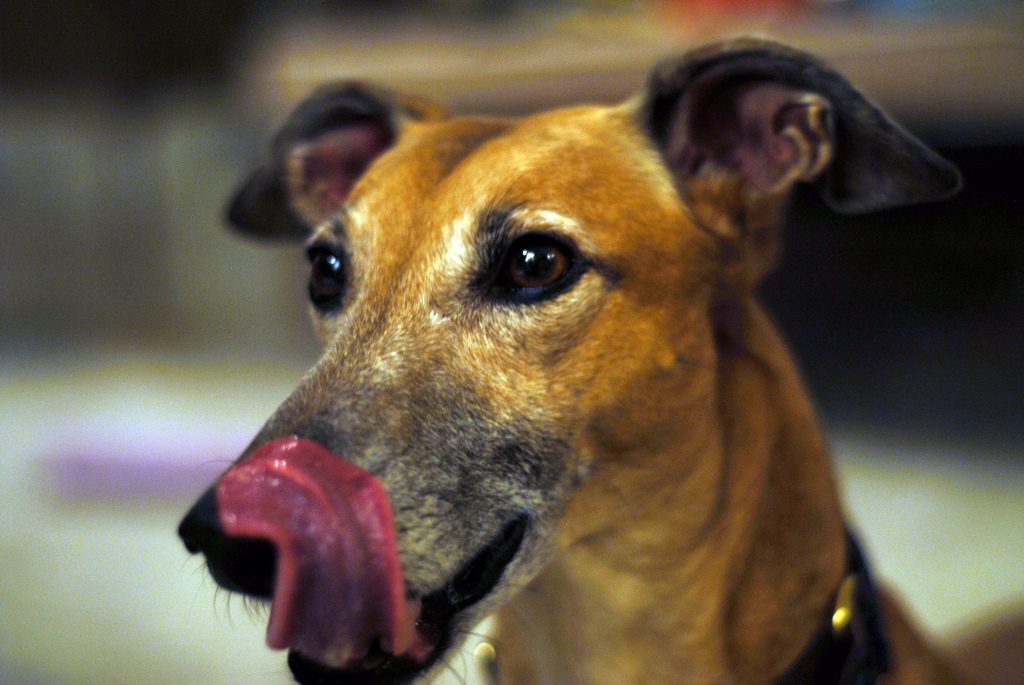
A stressed dog – licking lips.
Watch for these really easy to see stress signals in your dog: yawning at inappropriate times, lip licking outside the context of eating food…
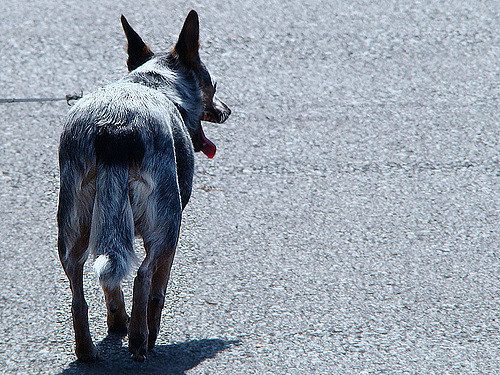
An unsure dog – avoidance.
If your dog moves away from a child, don’t let the child follow it! A dog moves because it doesn’t want to be bothered. If the child keeps following, their reaction could be to growl or snap to get them to move away.
Remember, these are just are just a few easy to spot signs of stress and worry in dogs, but a dog can show distress in many different ways. Please do read our blog that lists the 14 steps to dogs aggression chart here.


